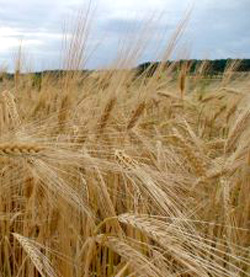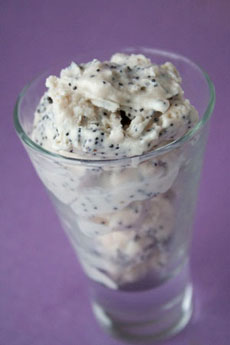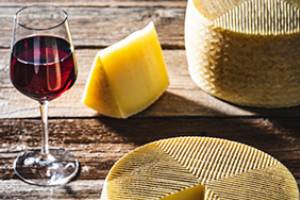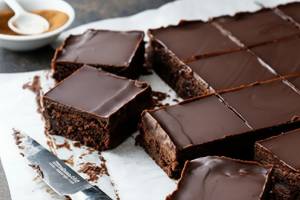|
Does National Cereal Day sound like nothing to get worked up over…because you enjoy that bowl of Cheerios 365 days a year?
Are you bummed that it isn’t National Bacon Cheeseburger Day or National Apple Pie À La Mode Day? Show a little love, please!
Cereals are wild grasses that were cultivated thousands of years ago. Their edible grains, or seeds, are staple crops throughout the world.
A staple crop is one that is grown in greater quantities, and provides more energy calories, than other crops. In some developing nations, grain constitutes almost the entire diet. But, here’s a happier fact: Cereal takes its name from Ceres, the Roman goddess of harvest and agriculture. The Greek goddess equivalent is Demeter.
Corn, wheat and rice account for 87% of cereals grown worldwide—wheat in temperate regions, rice in tropical regions, corn in the Americas and Africa.
Many grains are grown to feed livestock and for specific human uses:
Barley for beer and other malted foods.
In the U.S., more corn is grown to feed cattle than humans.
|
|

Amber waves of grain. Note the grains, or seeds, at the top of the stalk. Edible kernels are inside the husks.
|







